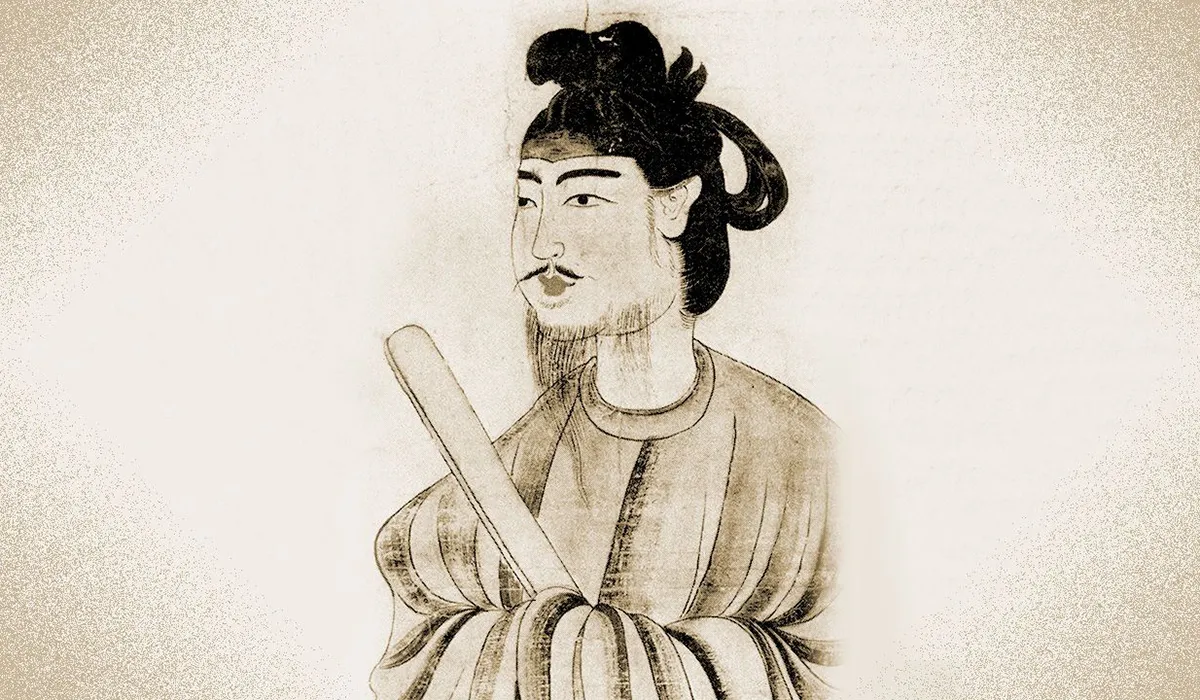The Death and Legacy of Prince Shōtoku, Japan’s Visionary Regent

Prince Shōtoku, one of Japan’s most influential early statesmen, left a deep mark on the country’s history before his death in 622 CE. Best known for serving as regent under Empress Suiko during the Asuka period, Shōtoku played a key role in shaping Japan’s political and cultural foundations.
Born in 574 CE, Shōtoku was the son of Emperor Yōmei and Princess Anahobe no Hashihito, who came from the powerful Soga clan. From a young age, he showed remarkable intelligence and leadership. At just 21, he was appointed regent by Empress Suiko in 593, a rare achievement for someone so young.
Shōtoku is remembered for his efforts to centralize government power and introduce reforms inspired by Chinese models. He promoted Buddhism as a unifying force in Japan, helping to establish it as a major religious and cultural presence. His Seventeen-Article Constitution set out principles for moral governance and harmony, laying the groundwork for Japan’s political philosophy.
Much of what we know about Prince Shōtoku comes from the Nihon Shoki (Chronicles of Japan), one of the country’s oldest historical records. These texts, compiled nearly a century after his death, paint a picture of a wise and virtuous leader, though some historians debate how much is fact and how much is legend.
Prince Shōtoku died on April 8, 622 CE, at the age of 48. Over time, his legacy grew to near-mythic status, with temples, schools, and universities named in his honor—including Shotoku Gakuen University and Seitoku University.
Even today, Shōtoku remains a symbol of wise leadership and cultural progress — a lasting touchstone in Japanese history.